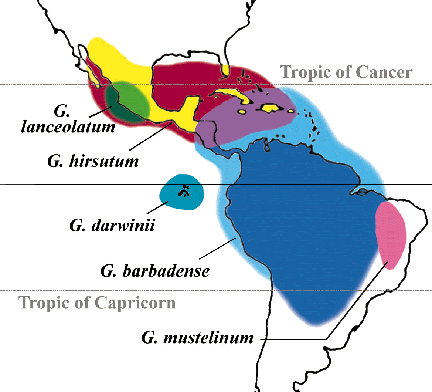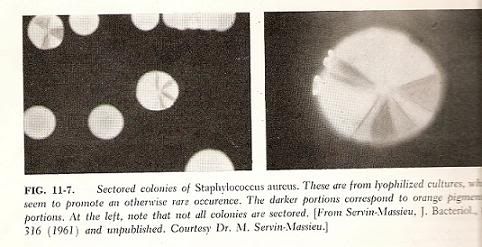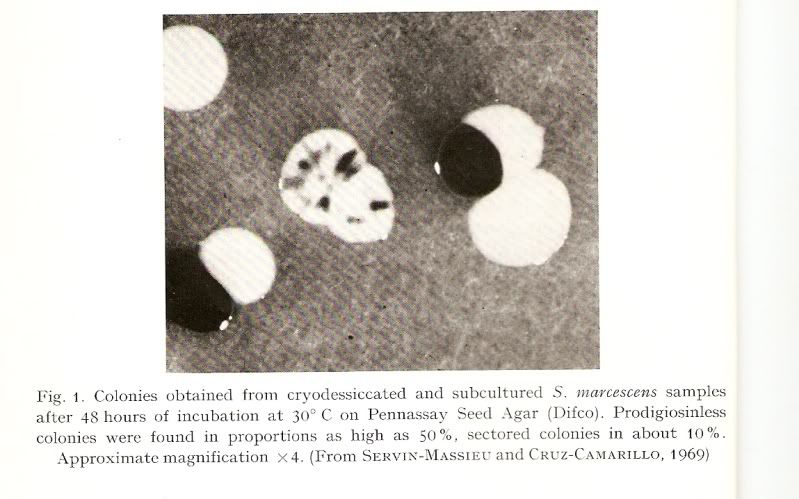DARWIN Y SUS OLVIDOS…
quizá fueron producto de su visión eurocéntrica en la materia: "evolución de las especies por medio de la selección"; no obstante, fue notable la labor de siglos de los evolucionistas prehispánicos de nuestras tierras.
Sin quitar un ápice de mérito al británico Charles Robert Darwin por su elaboración TEÓRICA sobre el tema, debe recordarse que fue producto de sus OBSERVACIÓNES a la morfología de aves en las Islas Galápagos… Aficionado desde la infancia a colectar bichos y reflexionar sobre sus semejanzas y diferencias, llegó a deducir aspectos evolutivos de sus aves y otros seres vivos a través del tiempo y el espacio, haciendo a un lado los dictados de la religión. Subrayemos que su teoría TAMBIEN fue posible gracias al "OCIO CREATIVO" -del que hablaría un siglo después su paisano Bertrand Russell- Amparado bajo la amplia fortuna Darwin-Wedgwood pudo dedicarse a leer a otros naturalistas y pensar en sus implicaciones; digo yo ¡QUIEN TIENE QUE ROBAR EL PAN PARA COMER DIARIO NO TIENE TIEMPO PARA CREAR NADA! Lo ayudaría también el auge "Naturalista" que en el siglo XIX tuvo la sociedad inglesa. Muy otras hubieran sido sus reflexiones de haber nacido -¡Fortuna Imperatrix Mundi!- entre "los de abajo", como muchos de sus contemporáneos, a su vez inspiración de otro gran teórico: Carlos Marx. La lección es breve: hoy como ayer, el cultivo de las ciencias, todas, REQUIERE DE RECURSO ECONÓMICO suficiente; sin dinero pues, no hay ciencia ni progreso…
Si el señor Darwin ignoraba u olvidó, los alcances de la historia natural cultivada en nuestras tierras, en épocas PREVIAS a 1492 y solo tomó como base SUS OBSERVACIONES PERSONALES ya no debe importarnos. Debe incomodarnos, en cambio, que en este año de 2009 se rinda culto EXCLUSIVAMENTE a la persona del británico y se ignore, en la PROPIA tierra mesoamericana, a "los dárwines" prehispánicos que quizá sin elaboración teórica, pero con un conocimiento milenario PRÁCTICO de la naturaleza, desarrollaron verdaderas agrotecnologías basadas en la selección de especies y variedades, aplicando ese conocimiento "evolutivo" a lo largo de los siglos...ver "Coxcatlan", "R.S.MacNeish" en Google o el libro "El Maiz",ed. del Museo Nacional de Culturas Populares/GV, México, 1982. Nuestros antepasados "evolucionistas" lograron producir gran DIVERSIDAD de alimentos que han nutrido a MILLONES de seres en el mundo y fueron base civilizatoria en este lado del Atlántico. La TRASCENDENCIA de la PRÁCTICA sobre la TEORÍA en lo "dárwines anónimos" de nuestras latitudes, nos ha legado la calabaza, el frijol, el jitomate, el haba, el aguacate, el cacao, la papaya, la papa, la piña, el cacahuate y el algodón entre otros cultivos, muchos de ellos con DECENAS de variedades, que no especies, óptimas a cada geografía y clima. Sorprende en verdad que en estas fechas –y en México- se ignore a la "evolución y selección de especies y variedades" ¡del MAIZ! que sin duda constituyen la cúspide alimentaria y cultural de nuestra sociedad. Loor al TEÓRICO Carlos Roberto Darwin, sí, pero también a los evolucionistas PREHISPANICOS PRACTICOS de toda América Latina…

Ambas imágenes cortesía de "Google images"
¡ SIN MAIZ NO HAY PAÍS !


